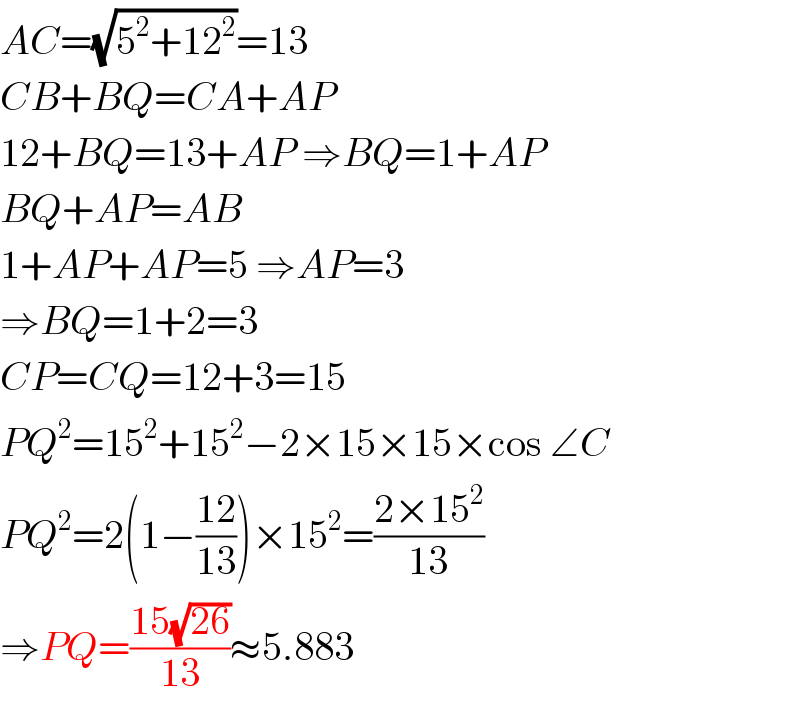
Question and Answers Forum
Question Number 90948 by tw000001 last updated on 27/Apr/20

Commented by tw000001 last updated on 27/Apr/20

Commented by tw000001 last updated on 27/Apr/20

Answered by MJS last updated on 27/Apr/20

Commented by tw000001 last updated on 27/Apr/20

Answered by mr W last updated on 27/Apr/20

Commented by tw000001 last updated on 27/Apr/20

